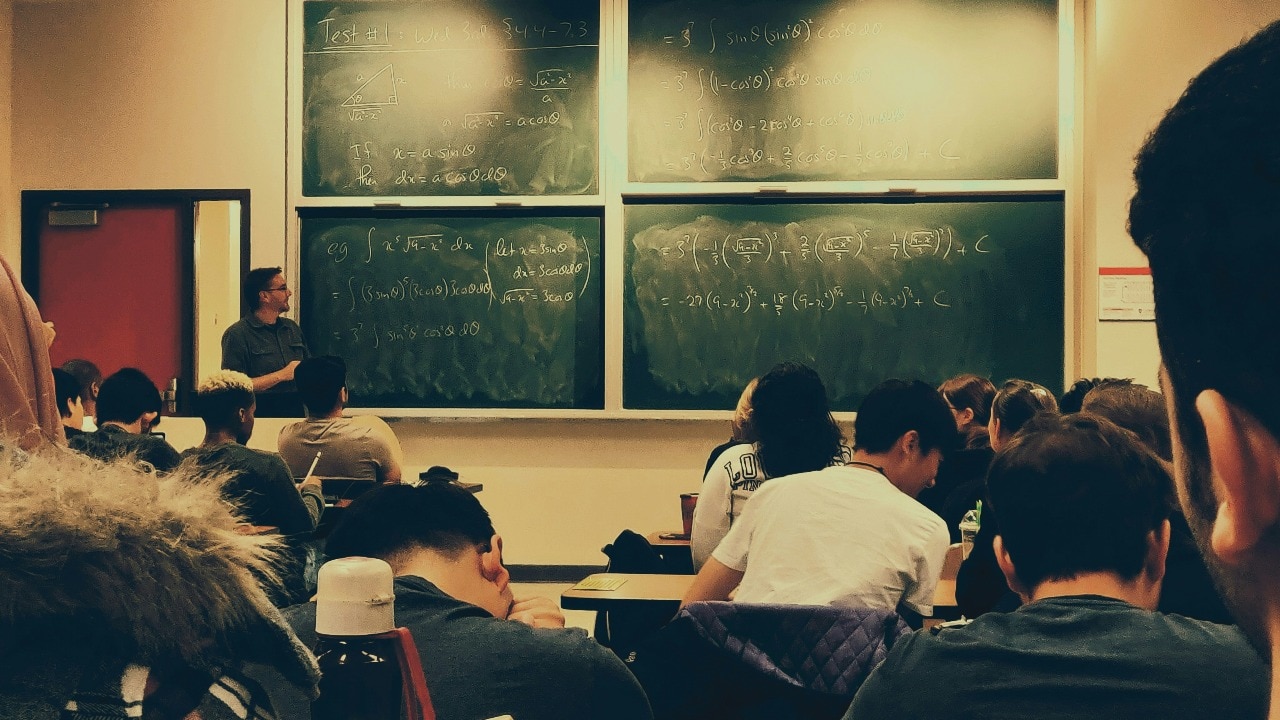Home / Education / India's Higher Ed: Enrollment Goal vs. Reality
India's Higher Ed: Enrollment Goal vs. Reality
18 Nov
Summary
- India aims for 50% higher education enrollment by 2035, but currently stands at 28.3%.
- Infrastructure, distance, and cost hinder rural student access to colleges.
- Employability gap persists, with less than half of graduates job-ready.

India's pursuit of a 50% Gross Enrolment Ratio (GER) in higher education by 2035 is challenged by current realities. With GER at 28.3%, the system struggles to accommodate growing numbers, exacerbated by infrastructure strain and uneven college distribution. Rural students, like the fictional Riya, often face insurmountable barriers due to distance, safety, and cost, forcing them away from higher education.
While total enrollment has increased, significant disparities persist. Many rural and tribal youth are diverted to labor due to lack of accessible quality colleges. Even where institutions exist, outdated courses and faculty shortages impede effective learning. The rise of online upskilling further complicates the landscape, as learners question the value of traditional degrees against flexible, industry-relevant digital programs.
The system's focus on mass enrollment may not align with future workforce needs. Less than half of Indian graduates are employable, highlighting a critical capability gap. Achieving the NEP target requires a shift from quantity to quality, emphasizing skills, adaptability, and industry relevance through hybrid and digital learning models, rather than solely expanding physical campuses.




